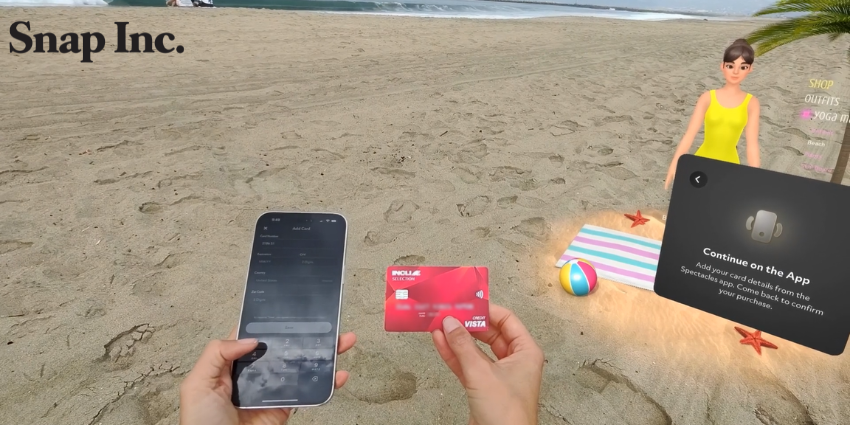Blink Energy has unveiled an impressive milestone in ocular communications technology, sharing a look at its BlinkIT signalling contact lens.
The company has stated that it aspires to make contact lenses and ocular technology more “efficient and user-friendly than ever before”. It says it wants to build towards a working ocular platform with advanced energy and communications features.
Blink shared on LinkedIn:
Excited to share our latest milestone, achieving a working platform providing power and communication capabilities to a signaling contact lens! We’re allowing contact lenses and other ocular tech to be more efficient and user-friendly than ever before. Get ready to blink…!”
Conceived by a collaborative effort among entrepreneurs, ophthalmologists, and engineers, BLINK introduces groundbreaking and patented technology aimed at expediting the integration of smart ocular devices. This approach shortens the time-to-market for such devices and reduces the total ownership cost while maintaining a minimal footprint.
As the market for intelligent ocular devices expands, Blink’s ambition is to emerge as a critical player, offering device-agnostic power and communication platforms suitable for any ocular device.
Blink states that its strategic focus involves forging partnerships with leading manufacturers of smart ocular devices. Addressing power and connectivity challenges is crucial, Blink stresses, because these obstacles hinder the realization of the multi-billion dollar market potential for such products.
How Blink Actually Works
The specific solution, BlinkIT, is an ergonomic patch positioned within the epicanthic fold. Its integration of a proprietary ASIC solution empowers intelligent ocular devices, establishing a seamless connection with the mobile app to ensure optimal power and communication transfer efficiency.
Positioned on the eyelid, BlinkIT is strategically placed near the smart ocular device, be it a contact lens or an eye implant. This design choice enables an energy-efficient solution with a minimal footprint, offering functionality and a comfortable and aesthetically appealing design.
What Were The Major XR Stories This Week?
This week maintained 2024’s momentum of momentous XR news.
Microsoft launched its highly-anticipated Mesh for Teams immersive VR meeting platform for business end-users.
The service is available now and can be accessed through desktop or Meta Quest headsets, offering users immersive virtual meeting rooms and customizable avatars for several valuable use cases. Microsoft says the platform is ideal for employee onboarding, town halls, brainstorming sessions, team socials, and networking events.
In other news, Disney made headlines this week with its latest invention, the Holotile, a prototype device that functions as a VR input treadmill, allowing multiple users to walk around a shared virtual environment without needing a controller.
The Holotile is an omnidirectional treadmill enabling users to walk and stand, translating steps into movement input for XR applications. The modular prototype is expandable, unobtrusive, and supports multiple users.
Lastly, Apple’s Vision Pro MR headset became available for pre-order on January 19 and sold out before the end of the weekend.
Despite early concerns about the $3,499 price point of the Apple XR, which suggested a potentially underwhelming reception, market response has been emphatic. The company anticipates shipping around 500,000 units by year-end, with approximately 180,000 units sold to US online customers during the pre-order phase.
The ongoing pre-order cycle primarily involves XR and Apple enthusiasts, but the broader audience interest can be monitored in the coming months. Additionally, other enthusiast demographics are likely waiting for the next wave of XR devices from different vendors.







